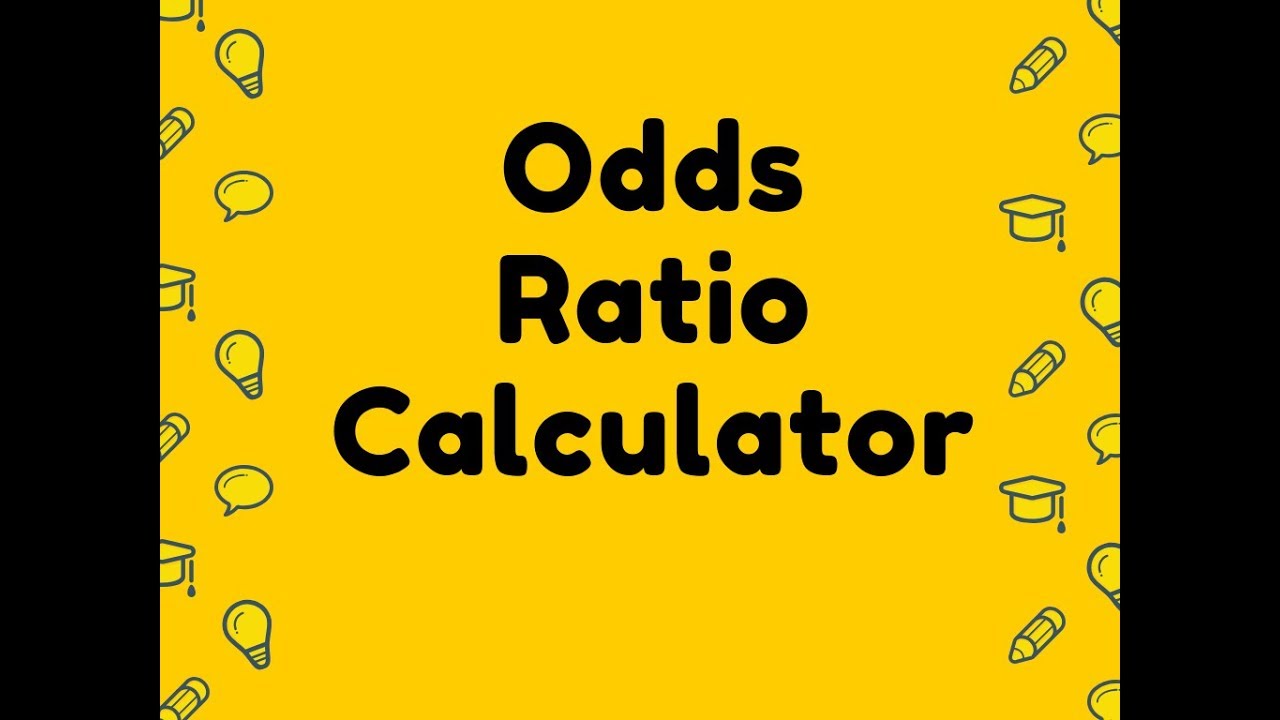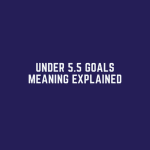Understanding Betting Odds
Betting odds are numerical expressions used in the world of gambling to convey the likelihood of a specific outcome. These odds are important for bettors to grasp as they provide insight into the potential returns on wagers placed. The odds can be displayed in different formats depending on the region, with decimal, fractional, and moneyline odds being the most common.
Decimal odds, popular in Europe and Australia, represent the total payout rather than just the profit. For instance, odds of 2.00 indicate that a successful $1 bet would yield a total return of $2, including the initial stake. Fractional odds, commonly used in the UK, exhibit the profit potential relative to the stake. A fraction like 5/1 suggests that for every $1 wagered, $5 will be won. Meanwhile, the American moneyline odds present the amount that needs to be staked to secure a profit of $100. Positive moneyline odds, such as +200, imply a $200 win on a $100 bet, while negative odds like -150 signify betting $150 to earn $100.
Understanding Probability
Probability is a crucial concept in the world of betting, as it represents the likelihood of a particular outcome occurring. In simple terms, it is the chance of an event happening expressed as a number between 0 and 1. When it comes to sports betting, understanding probability is essential for making informed decisions and placing strategic wagers based on the most probable outcomes.
In the context of betting odds, probability can be translated into odds to help punters gauge the potential return on their bets. By converting probabilities into odds, bettors can compare the likelihood of different outcomes and determine where to place their money for the best possible returns. Being able to calculate and interpret probability in the realm of sports betting is a valuable skill that can significantly enhance one’s success in the betting arena.
Different Types of Odds Formats
When it comes to betting odds, there are several different formats used by bookmakers around the world. The three most common types of odds formats are decimal odds, fractional odds, and American odds.
Decimal odds are the most popular format in Europe, Australia, and Canada. They represent the amount you win for every $1 wagered, including your stake. For example, if you see odds of 2.50, you would win $2.50 for every $1 you bet. Fractional odds are commonly used in the UK and Ireland, and they represent the potential profit you can make on a bet. For instance, 3/1 odds mean you would win $3 for every $1 bet, plus your stake back. American odds are prevalent in the United States and use a plus or minus sign to indicate underdogs and favorites. For example, +150 odds mean you would win $150 on a $100 bet if successful.
Converting Odds Formats
Converting odds formats is a crucial skill for bettors as it allows them to easily compare odds from different bookmakers and make informed decisions. One common odds format is decimal odds, which are popular in Europe and Australia. To convert decimal odds to fractional odds, simply subtract 1 from the decimal odds and then express the result as a fraction. For example, if the decimal odds are 2.50, subtract 1 to get 1.50, which can be expressed as a fraction as 1.5/1.
Another widely used odds format is fractional odds, commonly used in the UK. Converting fractional odds to decimal odds involves dividing the numerator by the denominator and then adding 1. For instance, if the fractional odds are 3/1, divide 3 by 1 to get 3, and then add 1 to get decimal odds of 4.0. Being able to convert between different odds formats equips bettors with the flexibility to navigate the diverse betting landscape and maximize their potential returns.
Calculating Implied Probability
When it comes to betting, understanding implied probability is crucial. This concept refers to the likelihood of an outcome as suggested by the odds. By calculating the implied probability, bettors can determine if a wager is worth pursuing based on its potential value in relation to the odds offered.
To calculate implied probability from odds in decimal format, you can use the following formula: Implied Probability = 1 / Decimal Odds. For example, if the odds are 2.50, the implied probability would be 1 / 2.50 = 0.40 or 40%. This means that based on the odds, the event has a 40% chance of occurring according to the bookmaker’s assessment.















